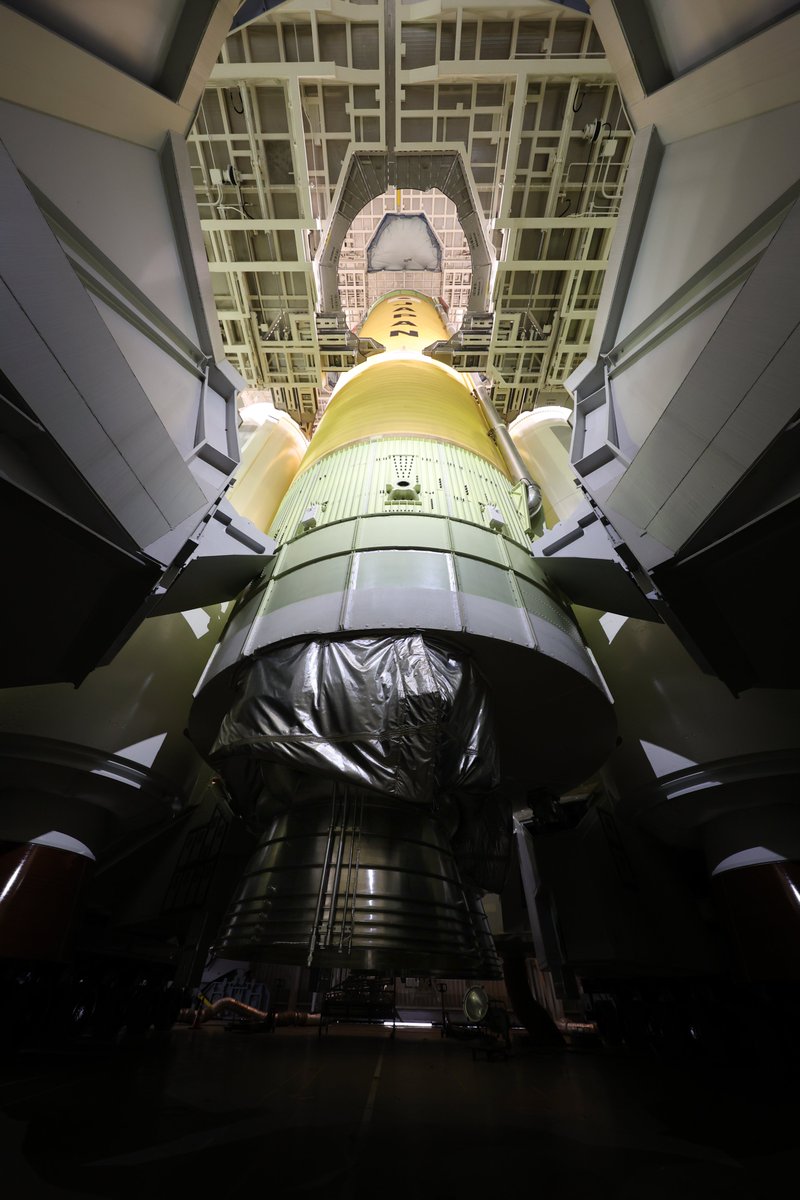After a decade in development, Japan’s H3 rocket is ready for its debut

Enlarge / Japan's H3 rocket is seen inside its hangar in Tanegashima. (credit: Mitsubishi Heavy Industries)
Japan has a long history of launching orbital rockets, dating back about half a century. During much of this time, its launch industry has focused largely on orbiting national payloads, such as communications, global positioning, and Earth-observation satellites for sovereign purposes.
However, with the H2-A rocket introduced in 2001, the country's launch industry sought to tap into the commercial launch market and send satellites into space for other countries and private companies. With this medium-lift rocket, which is about on par in lift capacity with SpaceX's Falcon 9 booster, Japan had some commercial successes, including the notable launch of the Emirates Mars Mission in 2020.
But the H2-A rocket, which is manufactured by the Japanese conglomerate Mitsubishi Heavy Industries, has never really broken through. One reason is cost. At a launch price of approximately $90 million, the H2A rocket is about 50 percent more expensive than SpaceX's Falcon 9 rocket. As a result, Japan's H2A booster only launches a handful of times per year, primarily serving the Japanese government.